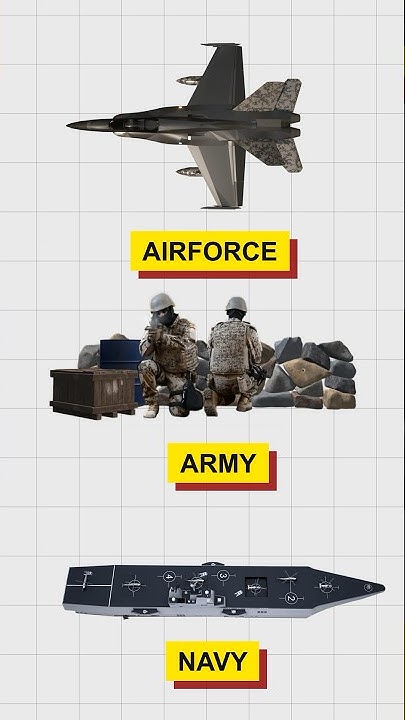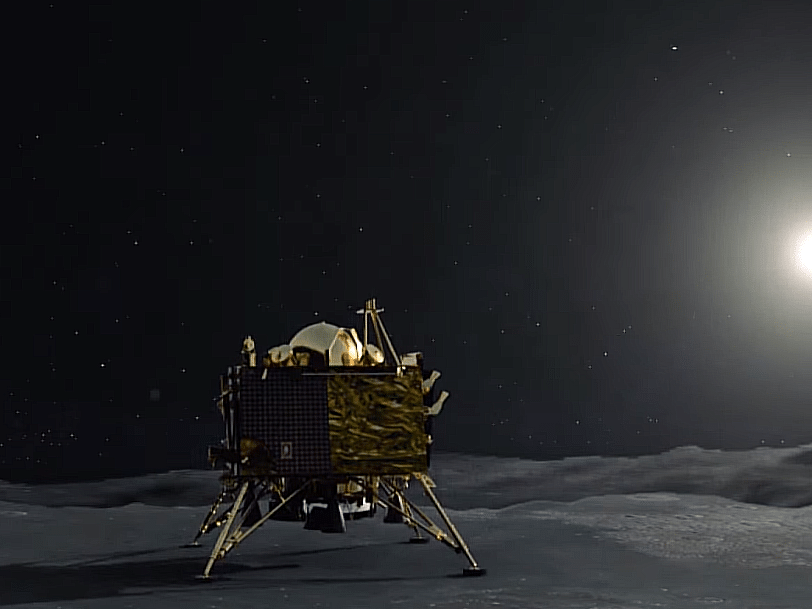RHU is flown on propulsion module to test spaceworthiness
Prof. Santosh Vadawale (Physical Research Laboratory, Ahmedabad)

www.youtube.com
Timestamp 1:26:17 play with caption on
View attachment 227300
View attachment 227301
View attachment 227302
So newswalas spotted this after me




The Vikram Lander and the Pragyan Rover on the surface of the Moon have not responded to ISRO's wake up calls. Scientists believe this is because the lunar hardware did not survive the harsh night. Future Chandrayaan missions to the lunar surface do not need to meet the same fate as the...

www.news9live.com
Vikram Lander and the Pragyan Rover on the surface of the Moon have not responded to ISRO's wake up calls. Scientists believe this is because the lunar hardware did not survive the harsh night. Future Chandrayaan missions to the lunar surface do not need to meet the same fate as the Chandrayaan 3 mission.
Written By:
Aditya Madanapalle
Published:
25 Oct 2023 12:21

M
Illustration of Vikram Lander on lunar surface. (Image Credit: ISRO).
The success of the Chandrayaan 3 mission has sent expectations from ISRO skyrocketing, with Prime Minister Narendra Modi directing the space agency to
land an Indian on the surface of the Moon by the year 2040. To achieve this ambitious goal, ISRO will need to send a series of missions to the lunar surface, ensuring that the lunar exploration programme will have a number of follow-up missions after Chandrayaan 3.
The Chandrayaan 3 lander has achieved all the planned goals of the mission. There was a sliver of a chance that the hardware would spring back to life on exposure to sunlight, after the harsh lunar nights that last for fourteen Earth days, during which temperatures can drop to -150°C. The Lander and the Rover were oriented towards the rising Sun, with the batteries fully juiced up, and even though ISRO had done everything it could to continue the mission,
Chandrayaan 3 did not respond to the wake up calls by ISRO.
The reason why the hardware did not survive the lunar night was because it did not have a nuclear heat source, which the Russian Luna 25 lander had. The heat source would have allowed operations on the lunar surface for over a year, but the lander unfortunately crashed into the Moon
just before the landing attempt. On board was a radioisotope thermoelectric generator (RTG), that could provide power to the spacecraft apart from keeping it warm. Now, Santosh Vadawale, astrophysicist at the
Physical Research Laboratory (PRL) in Ahmedabad has made the startling revelation that there is in fact a radioisotope heater unit (RHU) on the Chandrayaan 3 mission.
A nuclear heat source is necessary for landers or rovers to survive the lunar nights
The RHU is however, not on the Chandrayaan 3 Lander or Rover, but instead on the Propulsion Module (PM), and is a demonstration of the technology. In a lecture at TIFR, Vadawale said, “RTG still will be little bit away. It will take some time. RHU has been developed by BARC and ISRO. It is flying right now on Chandrayaan 3. The only issue was since all this is much later, there was no real time to make any changes either in Lander or Rover. Instead of RHU being on Lander or Rover, it is on Propulsion Module.”
The RHU was developed late in the realisation of the mission, which is why it could not be included on the Lander. Vadawale explained, “The idea was only to test and qualify all the processes related to handling of RHU. Thermal simulations and anticipating temperatures in terms of different power and thermal conditions is a very very involved task. So, using RHU on Propulsion System, the idea was only to give the thermal systems sufficient input to handle the RHU kind of system, in space, and then establish the processes to use the RHUs. That is already there. Next lander, I suppose, it would not be difficult to use the right RHU.”
The RHU on the Propulsion Module is a low-power demonstration, and was only a two or three watt source. With further development, it is possible to include a five watt RHU within a rover or lander. ISRO is already in the process of developing such a device.
Previously, Project Director of Chandrayan 3 at ISRO, P Veeramuthuvel, in an interaction with students at NIT Tiruchirappalli
had said, “Chandrayaan 3 was a short term mission. We have to have a long-term survivability also, for which we need to have a nuclear resource. Because lunar night no, we are not able to survive. In the lunar nights, it is a very low temperature, way beyond our storage limits. So we have to warm the systems, during the lunar night, irrespective of the surface temperature reaching -150°C, lander systems we have to keep it normal. Like how during the winter we protect with a jacket. So even with a thermal protective system, we cannot attain thermal equilibrium. Inside, we have to have some nuclear resources, which will keep warmer. So that technology is required. We are in the process of doing that.”





